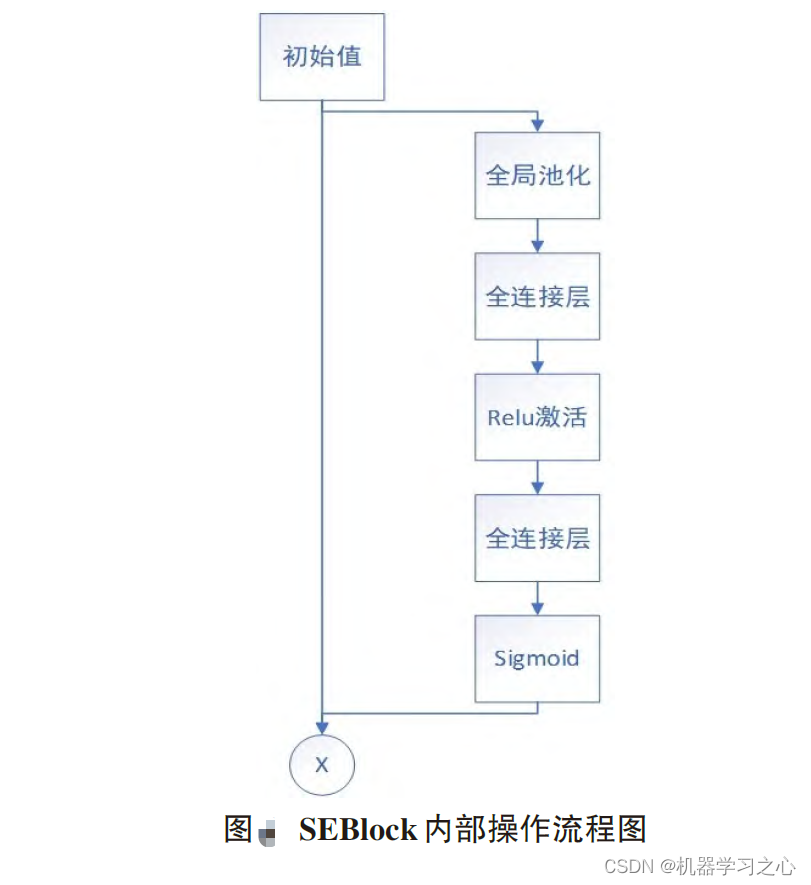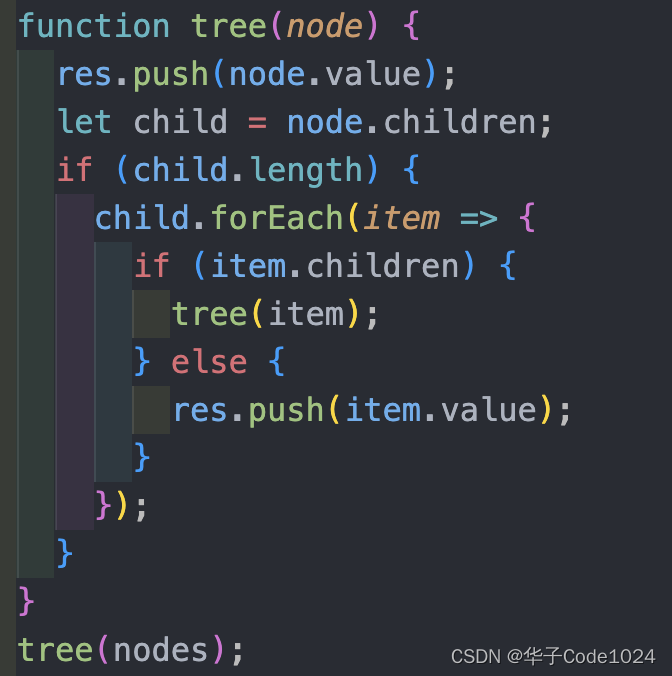大体上,要解决一个汉诺塔问题,就需要解决两个更简单的汉诺塔问题
以盘子数量 3 的汉诺塔问题为例
要将 3 个盘子从 A 移动到 C,就要:
- 将两个盘子从 A 移动到 B(子问题 1)
- 为了解决子问题 1,就要解决更简单的子问题 3、4,直到基本情况(即仅移动 1 个盘子)
- 将 A 最后的盘子移动到 C
- 将两个盘子从 B 移动到 C(子问题 2)
- 为了解决子问题 2,就要解决更简单的子问题 5、6,直到基本情况(即仅移动 1 个盘子)
图示

代码
/*** 汉诺塔问题*/
public class TM0806 {public void hanota(List<Integer> A, List<Integer> B, List<Integer> C) {movePlant(A.size(), A, B, C);}/*** @param size 需要移动的盘子的数量* @param start 起始柱子* @param auxiliary 辅助柱子* @param target 目标柱子*/public void movePlant(int size, List<Integer> start, List<Integer> auxiliary, List<Integer> target) {// 当只剩一个盘子时,直接将它从第一个柱子移动到第三个柱子if (size == 1) {target.add(start.remove(start.size() - 1));return;}// 首先将 n-1 个盘子,从第一个柱子移动到第二个柱子movePlant(size - 1, start, target, auxiliary);// 然后将最后一个盘子移动到第三个柱子上target.add(start.remove(start.size() - 1));// 最后将第二个柱子上的 n-1 个盘子,移动到第三个柱子上movePlant(size - 1, auxiliary, start, target);}@Testvoid test() {List<Integer> A = new ArrayList<>();List<Integer> B = new ArrayList<>();List<Integer> C = new ArrayList<>();A.add(3);A.add(2);A.add(1);hanota(A, B, C);Assert.assertEquals(C.get(0).intValue(), 3);Assert.assertEquals(C.get(1).intValue(), 2);Assert.assertEquals(C.get(2).intValue(), 1);}
}
![[晓理紫]CCF系列会议截稿时间订阅](https://img-blog.csdnimg.cn/direct/cf2d9ce005764d61bb6199e2b135d449.jpeg#pic_center)




![[C++]:15.继承](https://img-blog.csdnimg.cn/direct/c2dbd092a6f54b149ffb1b935b1634c0.png)





